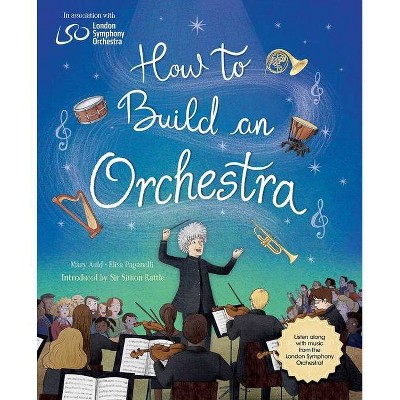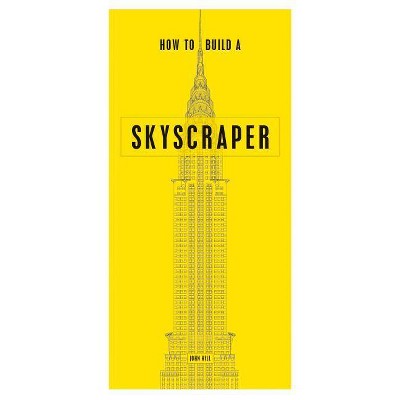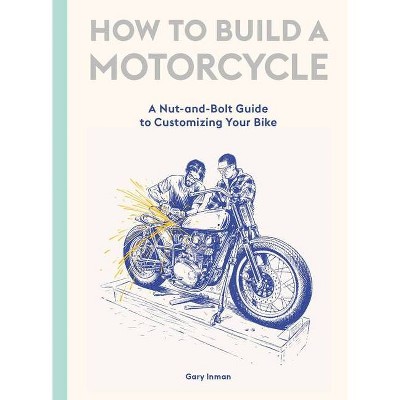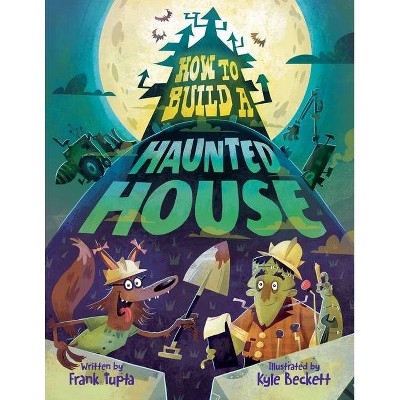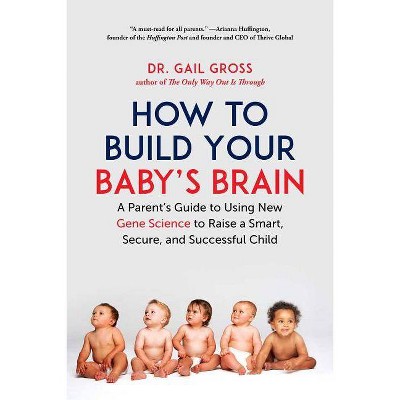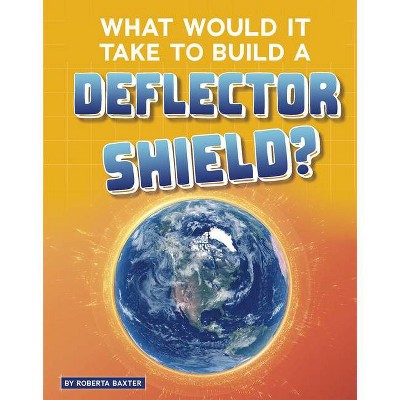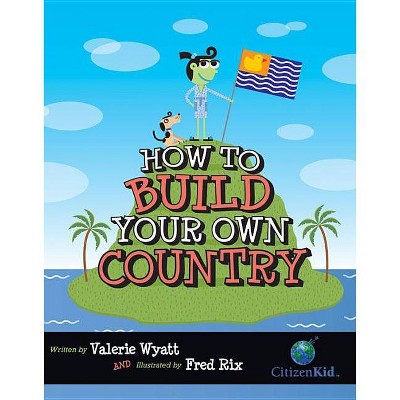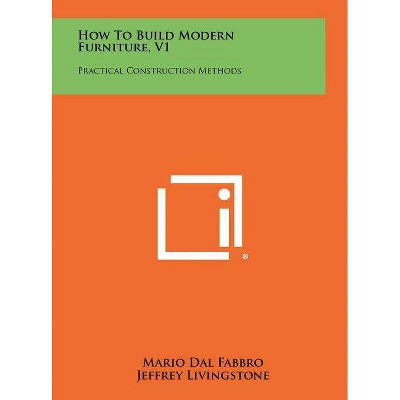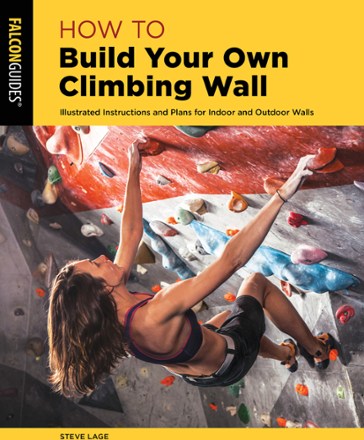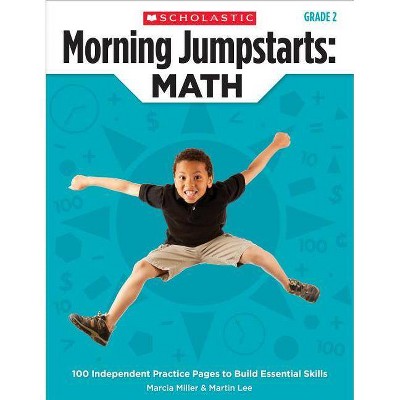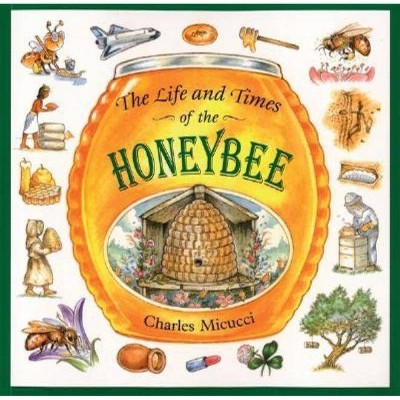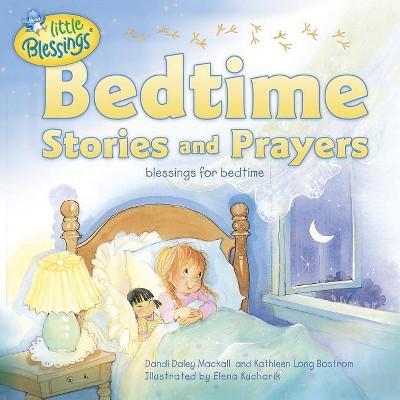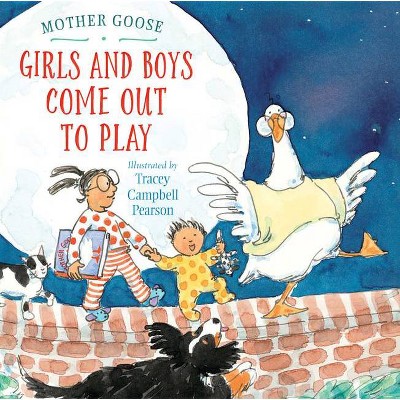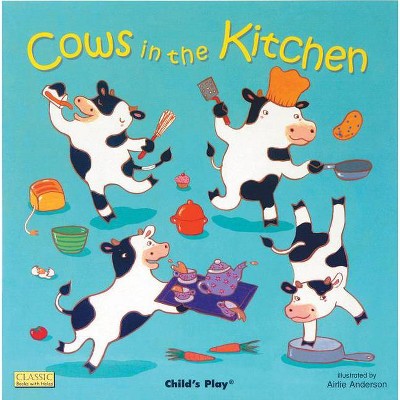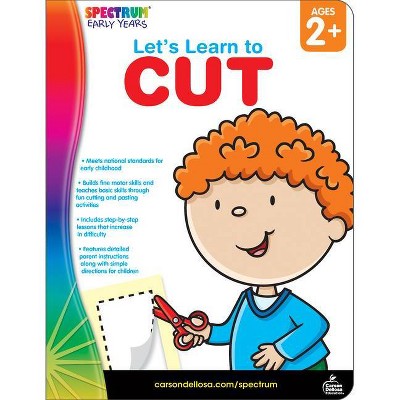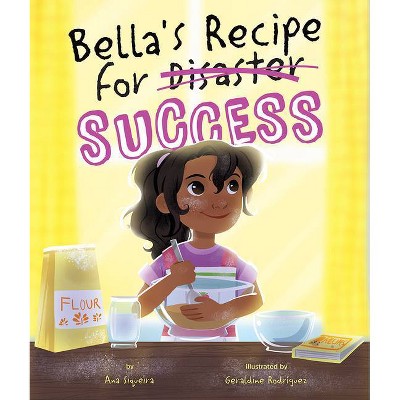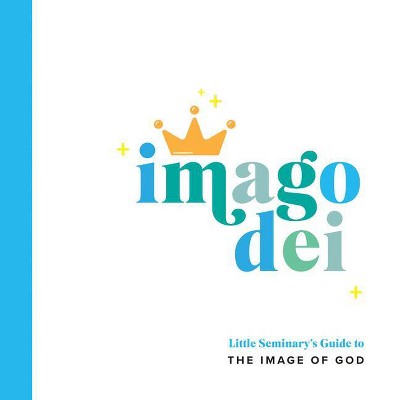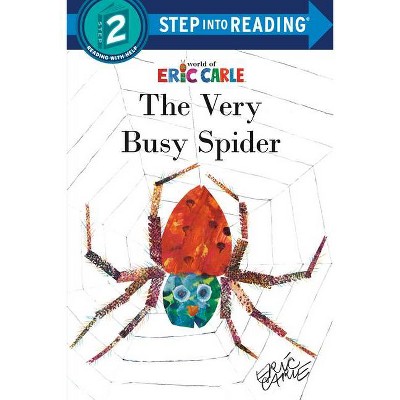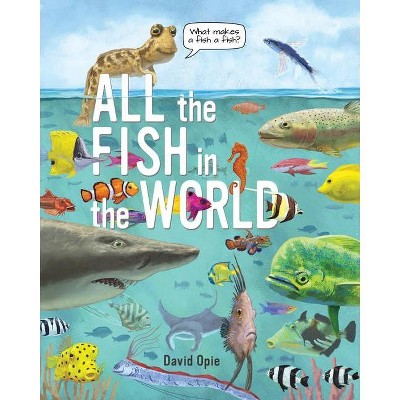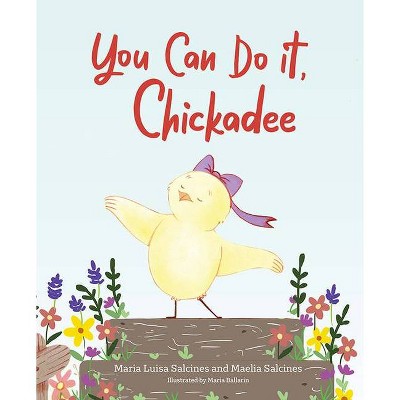How to Build an Insect - by Roberta Gibson (Hardcover)
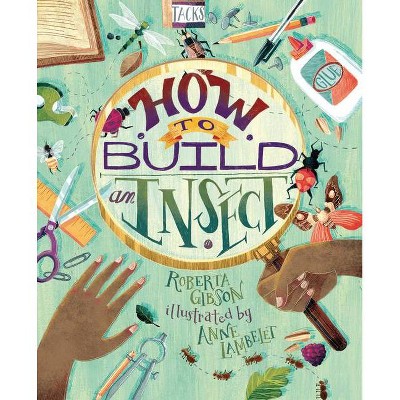
Similar Products
Products of same category from the store
AllProduct info
<p/><br></br><p><b> About the Book </b></p></br></br>"Visit a whimsical workshop and follow along as we learn How To Build an Insect! Conversational text and playful illustrations introduce readers to insect body parts in this charming picture book"--<p/><br></br><p><b> Book Synopsis </b></p></br></br><p>See what the buzz is about in this fresh, fun look at insect anatomy. <br /> <br /> Let's build an insect! In the pages of this book, you'll find a workshop filled with everything you need, including a head, a thorax, an abdomen, and much more. Written by entomologist Roberta Gibson and accompanied by delightfully detailed illustrations by Anne Lambelet, this wonderfully original take on insect anatomy will spark curiosity and engage even those who didn't think they liked creepy, crawly things!</p><p/><br></br><p><b> Review Quotes </b></p></br></br><br><p>An opening spread reveals a work space that's equal parts science museum, design space, and art studio. Entering with a jar of heads is no Dr. Frankenstein, but rather a brown-skinned boy who's ready to help readers make an insect. While the short, simple text speaks directly to readers, the boy's hands do the building. Author and entomologist Gibson begins with basic insect parts (head, thorax, and abdomen) and continues with more anatomy, from exoskeleton, legs, and antennae to wings, spiracles, and decorations (spots, spikes, horns). Guided questions focus the building process and point out differences between insects and other animals as well as within their class. For instance, crickets have ears on their knees, and caterpillars chew with mandibles while butterflies sip with a proboscis. The large-scale, textured illustrations depict a variety of insects and their anatomy in more detail. A concluding section features a double-page diagram of an insect and more information about each body part as well as directions for making an insect out of art supplies. <strong>An ideal book for turning STEM into STEAM.</strong>--<em>Booklist</em></p>-- "Journal" (4/15/2021 12:00:00 AM)<br><br><p>Insect anatomy, basic body parts, and their purpose are detailed in this picture book. Insect body parts are introduced, and then compared and contrasted to human bodies. Gibson, who is an entomologist, explains new vocabulary and the science involved in how the insects' bodies work. The attractive illustrations complement the text very well and add humor; each concept is easy to understand and is smoothly applied to the next concept. On one page, the titles on a child's bookshelf include <em>A Bug's Life Cycle</em> and <em>How To Bug Your Family</em>. <strong>Gibson and Lambelet provide a fun, instructional easy reader text and a science project for children.</strong> The back matter, which consists of a glossary and a large diagram of an insect's body parts, also contains a more in-depth section on insect body parts that is accessible to fourth-grade readers. VERDICT <strong>A must-buy for elementary school and public libraries.</strong>--starred, <em>School Library Journal</em></p>-- "Journal" (3/1/2021 12:00:00 AM)<br><br><p>While ostensibly giving instructions on creating a 3-D insect replica, art and text teach the rudiments of entomology.<br /> <br /> The initial double-page spread shows a dark room cluttered with cleaning supplies, a small drafting table, and scientific paraphernalia including a full-length human skeleton. An opening door at the left sheds light on the room's contents while also revealing the brown-skinned arm and leg of someone entering, carrying a large jar whose contents will be revealed at the next page turn. The first words, in bold white playful type: 'Let's build an insect. Where should we start?' The next double-page spread answers the question by mentioning that humans have heads, so 'Let's give our insect a head.' Spread by spread, questions are asked and then answered by the invisible narrator, as the pair of hands that carried the jar into the room follows directions and uses art supplies to create a colorful, attractive creature. Attention-grabbing, clever art accompanies the whimsical text as it lightly compares insect anatomy with that of humans and other animals, notes basic body parts and some differences among insects, and explains vocabulary such as <em>ocelli</em> and <em>mandibles</em>. Especially droll: music entering a cricket's 'knee ears' and an insect gasping because it needs holes in its exoskeleton rather than lungs. The conversational narration ends with a bit of a thud, though, given its lively tone throughout. Older readers will appreciate a final spread that gives further information in a straightforward manner.<br /> <br /> <strong>Distinctive and fun.</strong>--<em>Kirkus Reviews</em></p>-- "Journal" (3/1/2021 12:00:00 AM)<br>
Price History
Price Archive shows prices from various stores, lets you see history and find the cheapest. There is no actual sale on the website. For all support, inquiry and suggestion messagescommunication@pricearchive.us
